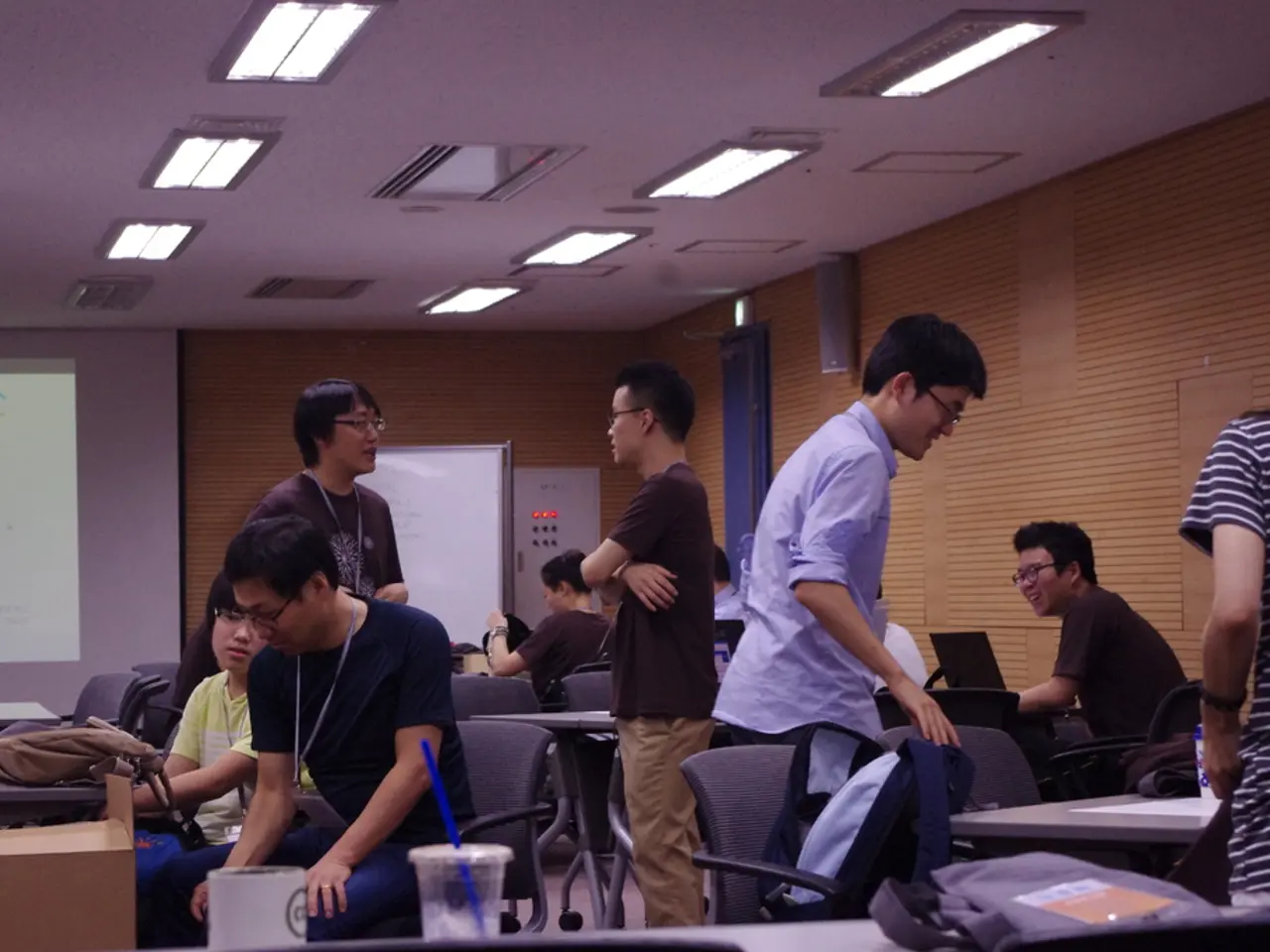Various Project-Oriented Learning Examples for Teachers and Instructors
Project-based learning (PBL) is a dynamic teaching method that encourages students to explore real-world problems and develop a deeper understanding. Here are ten engaging PBL examples that teachers can use to foster creativity and deep learning in the classroom.
1. **Running a Food Truck**: This project tasks students with designing and operating a food truck, applying math skills, problem-solving techniques, and creativity. It seamlessly integrates subjects like geometry and decimals.
2. **Building a City Using Geometry (GEOMETROCITY)**: Students create a city using geometric shapes, combining math with urban planning and design concepts.
3. **Designing an Obstacle Course**: Students use area and perimeter to design and build an obstacle course, applying math skills in a practical setting.
4. **Building a Tiny House**: This project involves using geometry, area, and perimeter to design a tiny house, promoting math and problem-solving skills.
5. **Producing a TV Show**: Students develop a TV show by writing scripts, designing sets, and filming episodes, integrating ELA and media production skills.
6. **Creative Writing through Treehouse Construction**: Designing a dream treehouse encourages creative writing and math skills such as geometry and measurement.
7. **Designing a Water Park**: Students use math and science to design an innovative water park, incorporating real-world engineering and design principles.
8. **Discovery in the Rainforest**: This project involves exploring ecological concepts and applying scientific inquiry methods in a rainforest context.
9. **Earth Day Invention**: Students design and create innovative products aimed at environmental sustainability, promoting STEM skills and creativity.
10. **Running a Lemonade Stand**: This classic project teaches entrepreneurship, math, and problem-solving while running a small business.
In addition to these projects, teachers can leverage resources such as Edutopia, Teachers Pay Teachers, LUMSx Course on Fundamentals of Project-Based Learning, and Guided Play to enhance student engagement and creativity in the classroom.
To make PBL more effective, teachers should encourage student autonomy, use real-world problems, foster collaboration, adapt to different learning styles, provide continuous feedback, and incorporate various learning styles. By doing so, they can create a dynamic learning environment that fosters engagement, creativity, and deep learning in students.
For instance, writing a blog post project allows students to take ownership of their own learning in an expressive way. Creating a fundraising campaign project allows students to be agents of change for an issue they genuinely care about. Planning a community event project requires organizing and coordinating various aspects of an event.
PBL also offers opportunities for students to showcase their work, such as through public presentations of projects, allowing them to share their hard work with others. By implementing PBL effectively, teachers can help students learn by doing, from language to data science to history.
- To supplement the classroom learning experience, teachers can utilize templates for poster presentations found on websites like Teachers Pay Teachers, which can aid students in showcasing their PBL projects effectively, enhancing their education-and-self-development by boosting their presentation, design, and communication skills.
- Incorporating learning modules such as those offered by LUMSx Course on Fundamentals of Project-Based Learning can equip teachers with the necessary skills to facilitate a learning environment that promotes deep learning, fosters creativity, and encourages the use of poster templates in projects, effectively contributing to students' education-and-self-development.




